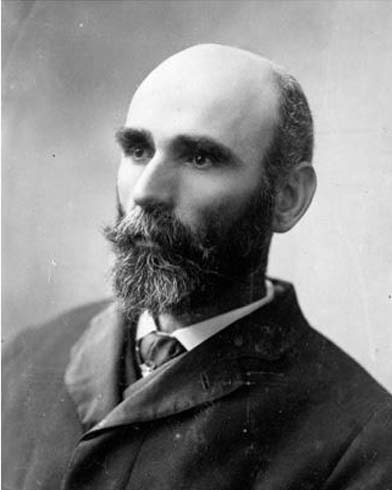8 Summary of Session 6
In this session, you explored a significant turning point in UK penal history – the increasing emphasis given to punishment and deterrence in penal policy in the 1860s – and you evaluated its impact on the provision of education in prisons.
Despite disillusionment with reformatory schemes in prisons of the 1840s and 1850s, the growing belief in the existence of an irredeemable criminal class, and the appearance of new legislation and directives aimed at making prisons as punitive as possible, prison schools survived. You learned that the reasons for this most likely lie outside the penal world, in the development of educational policy. Prison schools also continued to reflect the curriculum of mainstream elementary schools.
This does not mean, however, that prison schools were immune from the new emphasis on punishment. Using a series of Standing Orders issues by the Convict Prison Directors, you examined the effects of the change in penal policy on educational provision, including the introduction of evening schools, the use of literacy as a tool for discipline, the removal of entertaining literature from libraries, and the introduction of cellular instruction. All these measures threatened the transformative potential of education in prison.
You should now be able to:
- outline the reasons for a change in penal policy during the 1860s
- explain why education continued to be provided in prisons, and how the desire for a more punitive regime affected its delivery and potential results
- understand the use of Standing Orders in the convict prison sector after 1850
- compare and contrast two primary sources.

In this session, especially through the use of Standing Orders, you have focused mainly on penal policymaking – what MPs and civil servants wanted to happen – rather than on what actually happened inside prisons. The implementation of Standing Orders was mandatory, but there were often loopholes that governors and chaplains could exploit. Some convict prison governors and chaplains delayed bedtime to allow more time for evening schools. Some allowed schoolmasters to visit and assist convicts who were studying alone in their cells. Chaplains got to decide what literature was purely entertaining and what, conceivably, had a moral or instructive purpose. Like its predecessor (the 1823 Gaols Act), the 1865 Prison Act lacked an effective mechanism for enforcement. Local prison administrators and officials could choose to ignore many of the new rules and regulations laid down by the legislation.
Still, penal policy did matter. In 1878, testimonies given by former convicts to a new Royal Commission on penal servitude revealed the brutality of conditions in convict prisons that had evolved since 1863. In the same year, following legislation passed in 1877, local prisons were nationalised, and brought under direct control of the Home Office. This made possible the full implementation of provisions in the 1865 Prison Act and uniformity in prison discipline. In Session 7, you will explore the pursuit of uniformity and its impact on education in convict and local prisons.
You can now go to Session 7 [Tip: hold Ctrl and click a link to open it in a new tab. (Hide tip)] .
